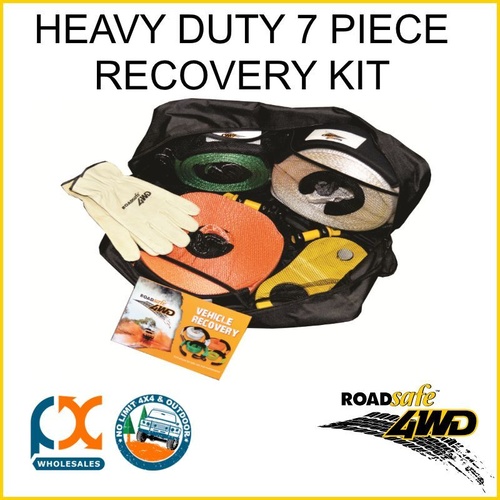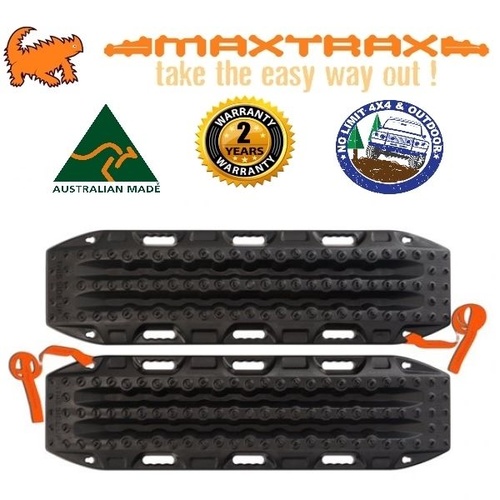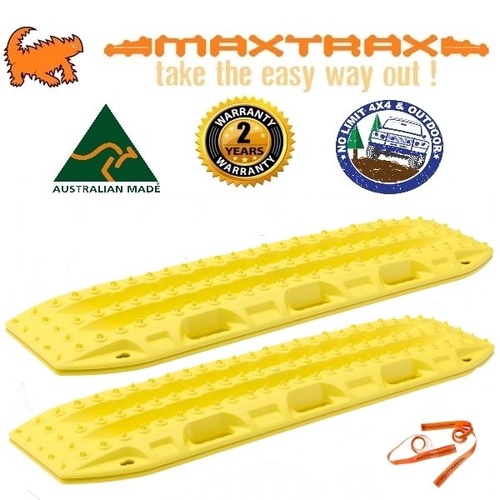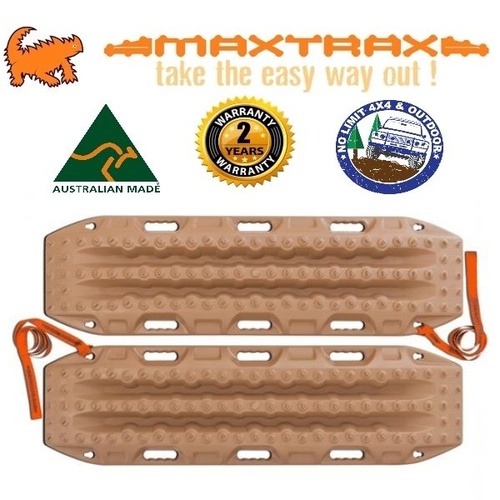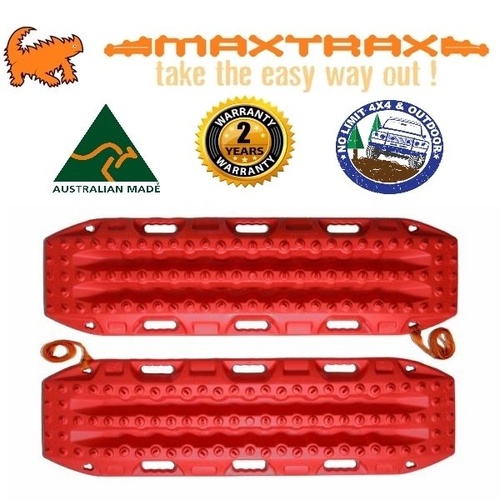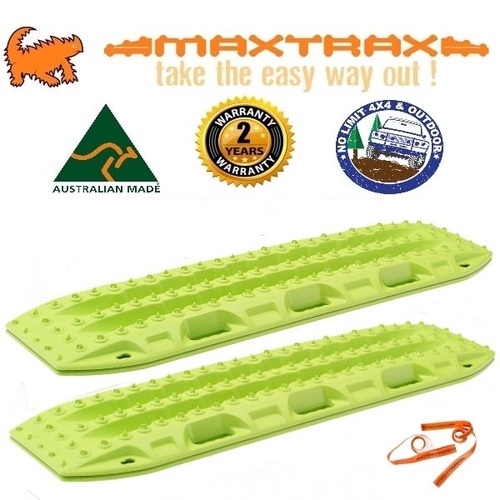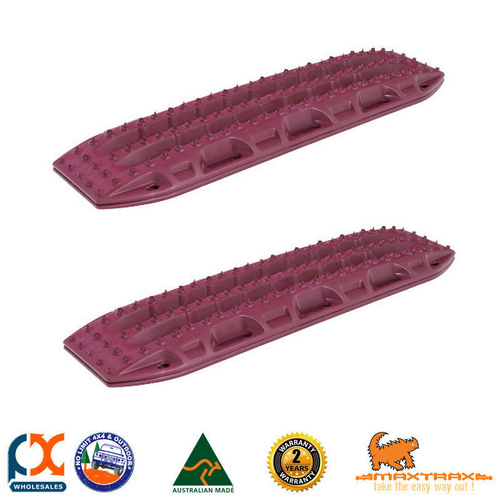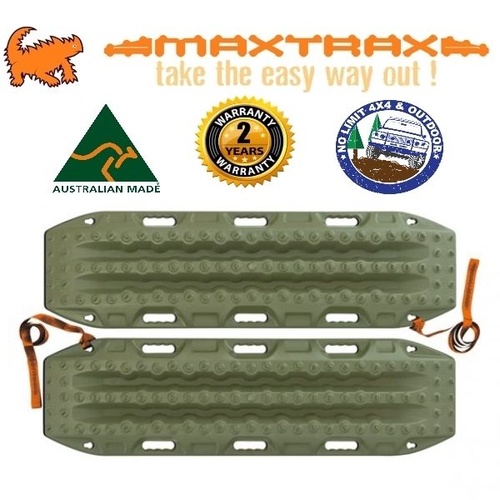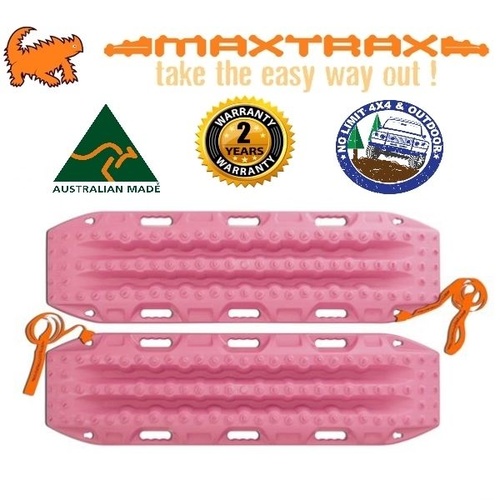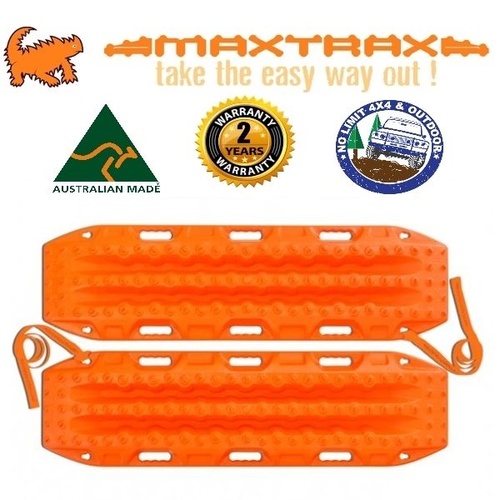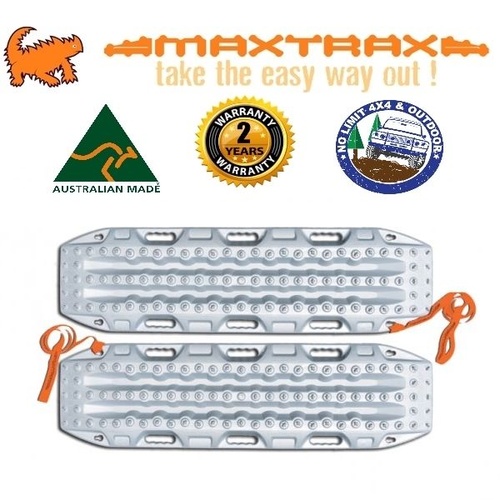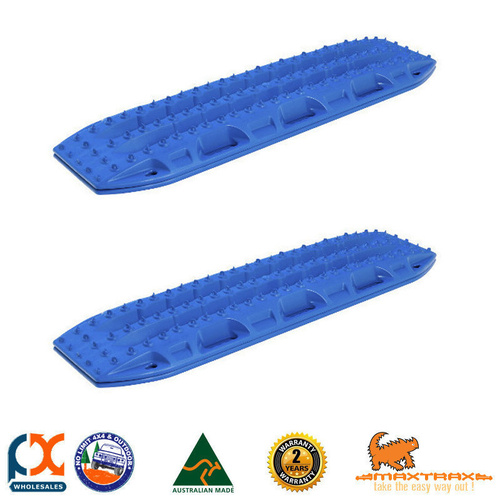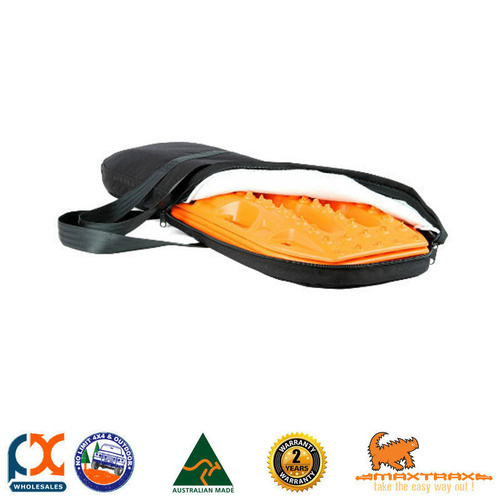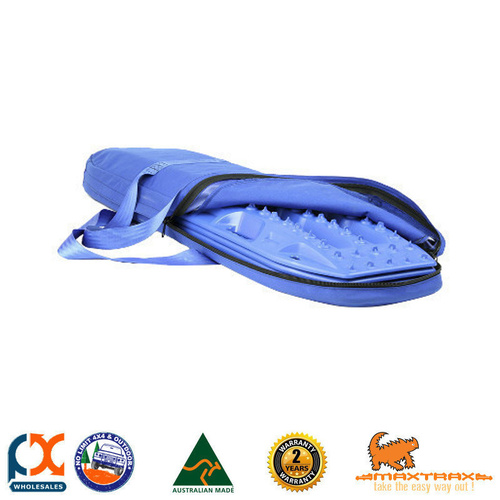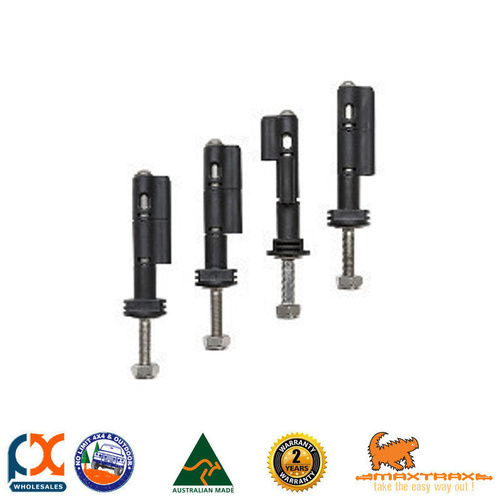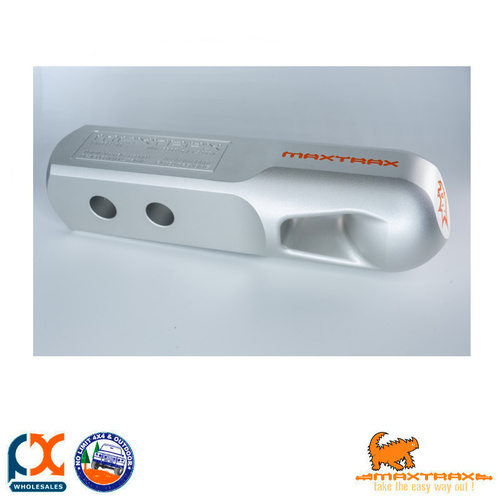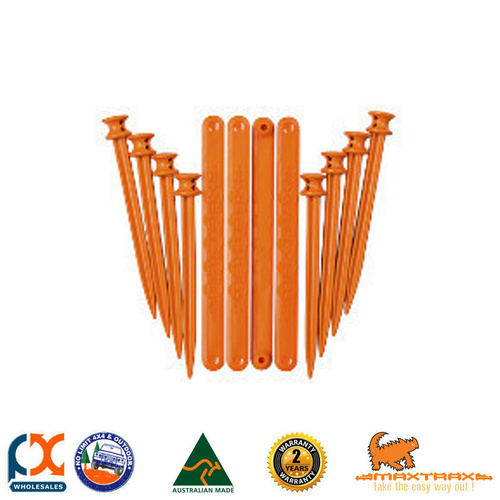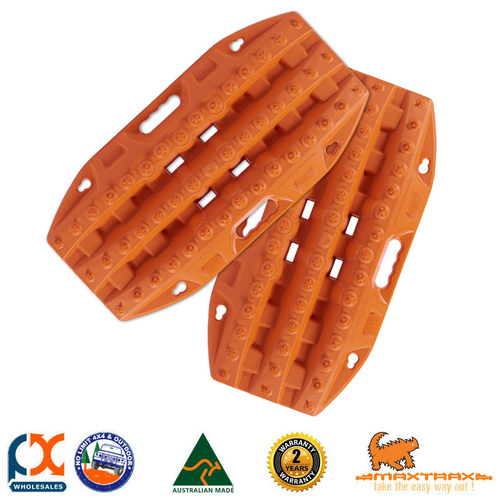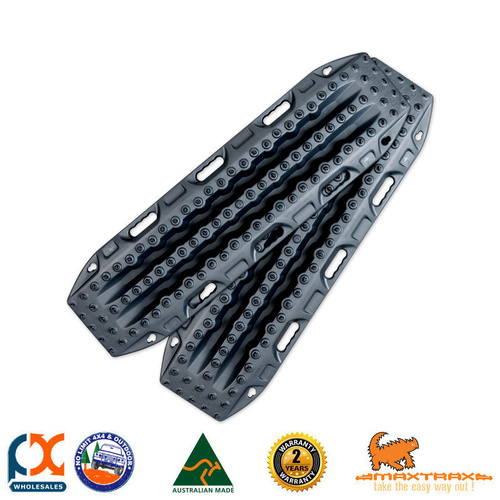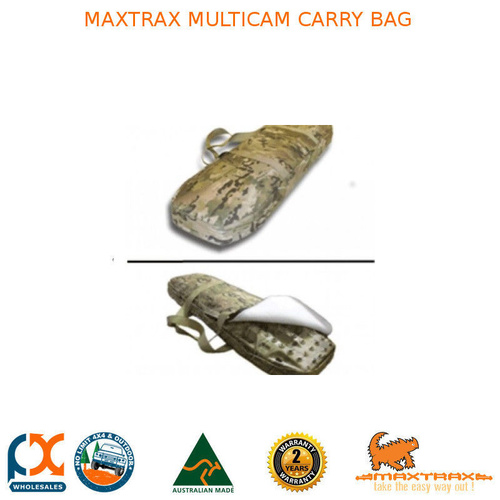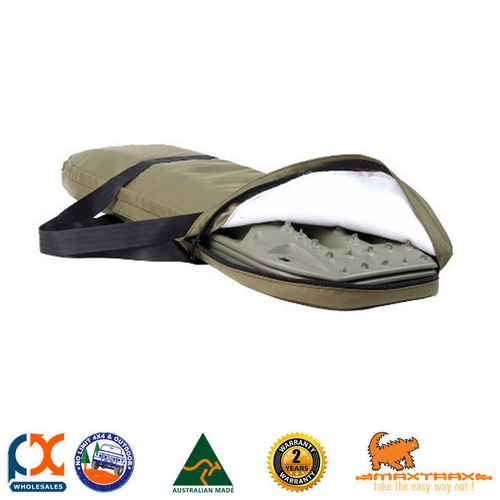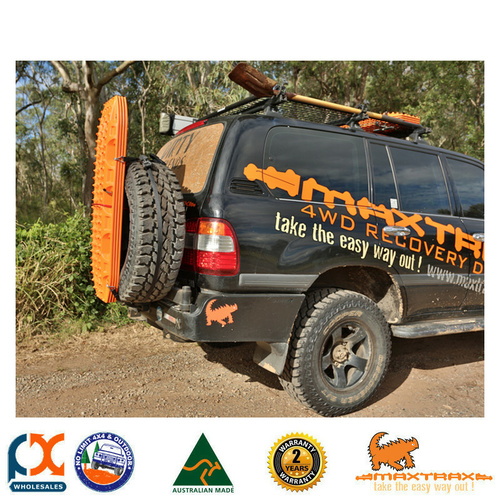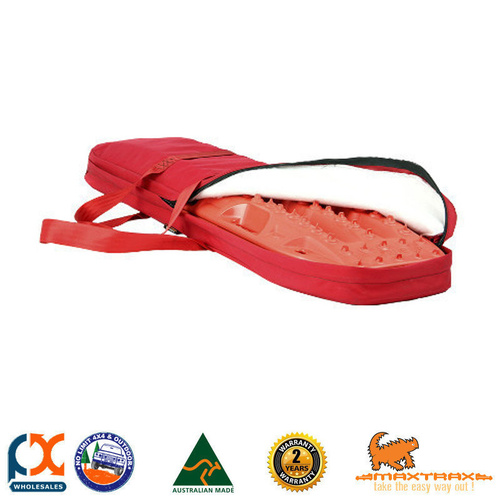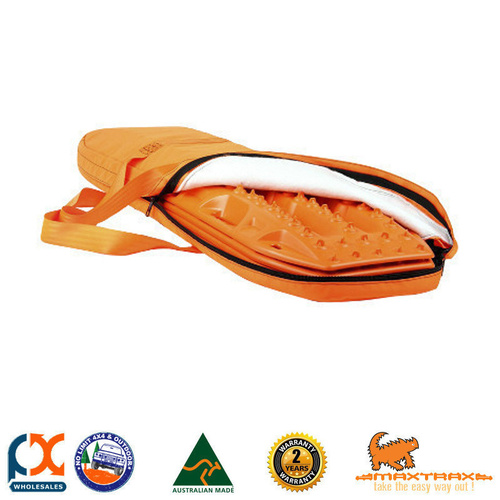Winches and Recovery Tracks
Winches
Going off-road is exciting. But getting stuck in the mud, sand, or a ditch at some point is sometimes inevitable — it’s part of the adventure! You’ll never know when you could get stuck off-road, so it’s best to be prepared at all times with your recovery equipment. It’s a better solution than getting your 4WD towed. But with all the available options on the market, which one should you get?
Every piece of recovery equipment will be helpful to you. After all, each situation is unique and calls for different recovery techniques. But there are two essential recovery tools you should always invest in first: recovery tracks and winches.
Winches are the most powerful and effective equipment for recovery. A winch may be pricier than other options, but it is a good investment, especially if you’re going solo.
Winches need to be installed on your 4x4 before you can use them. But once installed, they become powerful tools with a multitude of uses. For example, you can use them to pull out your 4x4 or someone else’s vehicle. They can even remove tree stamps that block your path. As they are powered by a motor, winches are strong tools that can help you free your 4WD.
How to Use Recovery Winches
Winches are easy to use when there’s another 4WD ready to help. You’ll need to attach the winch to a recovery point on another 4x4 and slowly winch your vehicle out. If there’s no one to help, you can still winch yourself out using a solid anchor like a tree or a winch anchor.
Be Careful When Using Winches
Winches, when misused or without caution, can cause catastrophic accidents. You must read your winch’s instruction manual before giving it a go. Make sure to follow the standard winching procedure, including the max load.
Also, for safety purposes, make sure to weigh down the rope with a winch dampener to prevent any accidents if it snaps.
How to Pick the Right Winch for You
The golden rule is choosing a winch rated at least 30% more than the weight of your vehicle. The most common type of winches include the following.
-
Electric Winches
Electric winches use the battery from your 4x4 to power the motor to turn the spool. These winches are often used to pull out heavy loads, such as trees or other vehicles. However, these activities will take a lot of power and may drain your vehicle’s battery fast. Several heavy-duty electric winches will also require a special wiring harness or an electrical upgrade system to increase their capacity.
Electric winches are portable, convenient, and can be operated by one person. If you’re not planning to use it often for heavy-duty loads, then this winch is a handy tool in case of emergencies. In addition, these winches are lightweight compared to others; they won’t weigh your vehicle down.
Electric winches are best used on a jeep, truck, ATV, and UTV.
-
Hydraulic Winches
As its name suggests, a hydraulic winch is powered by a hydraulic system and pump. These winches are more suitable for heavy-duty work than electric winches, featuring more components and greater power output.
With more power and greater capacity, hydraulic winches are trickier to operate. They are typically managed with control panel displays, joysticks, switches and pushbuttons, and more.
Recovery Tracks
Recovery tracks or recovery boards should be on the top of your list of recovery essentials for your off-roading trips. A recovery track is a simple, lightweight, and genius tool to get you easily unstuck without costing you too much.
Recovery tracks are sturdy boards with smooth surfaces and spiky bottoms to keep them in place as they help your tires get unstuck. They can be used as a ramp, bridge, or hill climb traction aids. Their slightly concave shape and size allow them to double as a shovel when you need to clear out mud or sand.
How to Use Recovery Tracks
Recovery tracks are simple yet they are one of the most effective recovery tools. What’s best about the equipment is you can get creative in how you use them. In particular, you can use them as a traction aid, ramp, winch aid, and so on.
For starters, when your vehicle gets bogged down, bring out your track and do these simple steps: first, use the smooth side as a shovel to dig the wheels out of the unstable terrain or clear them out from any obstructions. Then, wedge the track’s rough tip under the wheel. If you can, use a hi-lift jack to help you lift the wheel and help wedge the track deeper. Place the board under the front tires to move forward and beneath the rear tires if you want to go in reverse. Keep your vehicle in low gear and slowly rev the accelerator until your 4x4 is free.
Be Careful When Using Recovery Tracks
Ensure that the tracks are aligned with the wheels, or you may damage your recovery tracks. Read the manual for instructions, care, and maintenance.
Apart from winches and recovery tracks, we have other awesome recovery and 4x4 essentials that will be very useful for your off-road adventures. Choose from recovery kits, recovery points, recovery straps, hi-lift jacks, trailer skids, and more. So let PX Wholesales provide you with the best recovery equipment for your off-road adventure!

